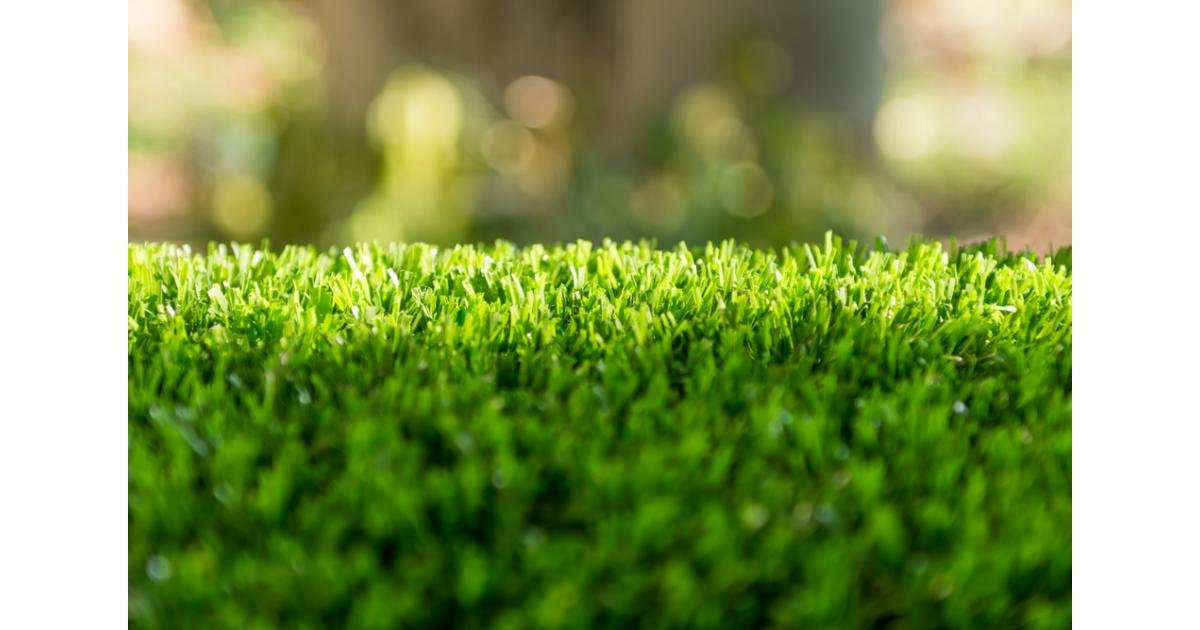Artificial lawns: to be or not to be?
The use of artificial grass has grown significantly over the past few years, but it might be time to evaluate whether the use of natural grass should make a comeback.
First, the question of ‘why’ must be asked - why do we use artificial grass?
The answer is quite simple really: they are so low maintenance
The maintenance of artificial grass is easily it’s largest advantage. Whilst with a natural lawn there is mowing and de-weeding to be done, an artificial lawn may only need a jet-wash every now and then to keep it clean. And, of course, there is the no-mud-situation. That, and the fact that it’s pet-friendly and cost effective, makes artificial grass quite compelling.
However, do the pros really outweigh the cons?
The first large disadvantage is the surface heat.
-Especially now, in the summer, an artificial lawn can heat up quite quickly in the sun. They are made of plastic, and have no natural temperature regulation, so artificial grass also can maintain a high surface temperature for a long time - much longer than natural grass.
-This high surface temperature can sometimes render the lawn unusable - so hot it could burn.
The next is drainage.
-Although now new lawns have been developed to have porous backing for good drainage, this isn’t the case for all.
-Bad drainage on artificial lawns can flood the grass, especially with the wet weather of the UK. For people who chose artificial grass for it’s low maintenance, this is a big issue.
The last (and biggest) problem with an artificial lawn is the environmental impact.
-Firstly, the production of the plastic needed for artificial grass contributes to the greenhouse gasses released into the atmosphere - a large factor in climate change.
-Artificial grass can also contribute to global warming as it absorbs more radiation than natural grass.
-On a smaller scale, an artificial lawn can also displace plants that use carbon dioxide through photosynthesis, affecting the CO2 levels in the air.
-The grass restricts the ecosystems below the soil. It can damage the organisms that live below, particularly worms. This in turn could effect the decomposition of the soil and further damage surrounding garden ecosystems.
Overall, the disadvantages of artificial grass can be pretty drastic.
Here, another question can be asked: is the easy life of low maintenance really worth the environmental impacts that come with it?
https://www.sgd.org.uk/news/83/say_no_to_plastic_grass_plants_campaign
“ We have just launched the ‘Say No to Plastic Grass & Plants’ campaign with support from the RHS and the Landscape Institute to raise awareness of the huge environmental damage these products cause and to debunk the claims that they are harmless.
Not only are plastic grass & plants destroying our wildlife by removing crucial natural habitats; they also cause plastic pollution, leak microplastics into waterways, cause flooding, contribute to urban heat islands due to the amount of warmth they retain and contribute to greenhouse gas emissions in their production.”


